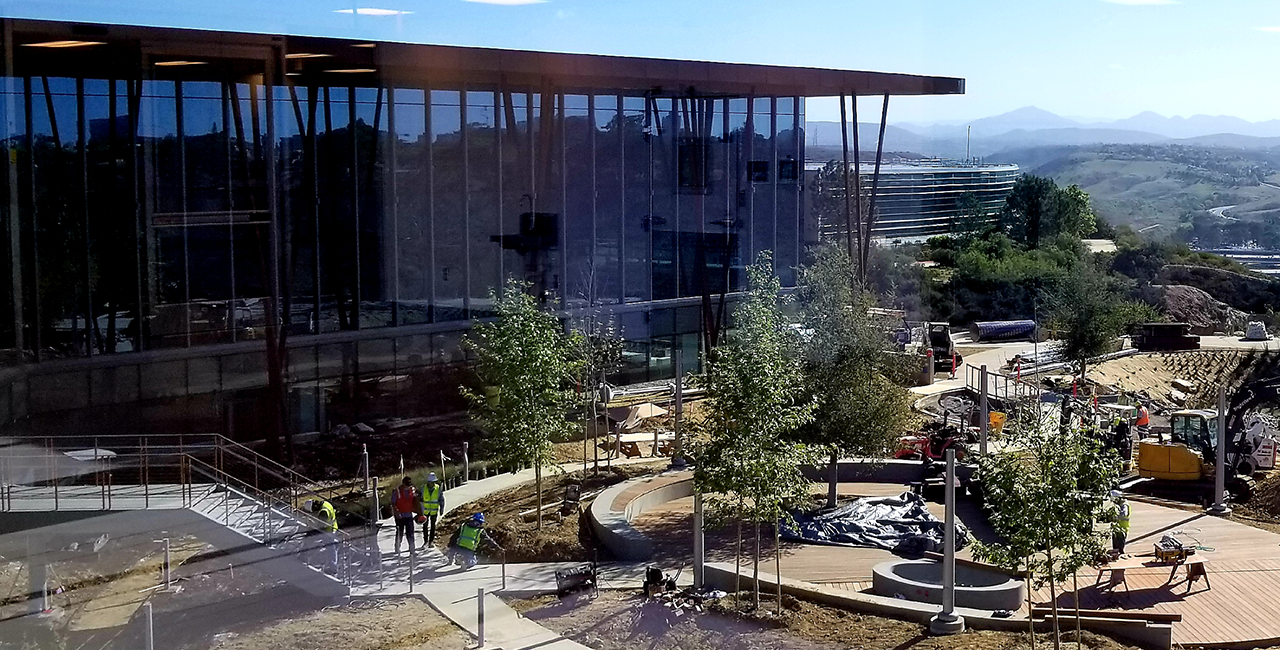Value engineering ideally occurs at milestones throughout the development process, leveraging the opportunity to influence the design and minimize costs as appropriate. Too often, a project will move from concept to completion without cost review or mitigation resulting in a final product that far exceeds the budget.
Phased cost and budget reviews are critical to ensuring a project is completed within budget. The following outlines key budget and value engineering considerations at each stage of project development:
CONCEPTUAL STAGE
Budgeting:
Conceptual budgeting is, in a word, inexact. Both science and art come into play, the costs of past projects providing a scientific foundation for estimating the new endeavor, while opinion, experience and visualization artfully predict that which is yet to be clearly defined. An estimate at this stage involves very limited information on project scope, without detailed design and engineering data. Contingency, escalation and future regulatory updates, if known, should be taken into consideration at this time and brought forward with subsequent updates.
Value Engineering:
Value engineering at this early stage may merely consist of ensuring the program is in line with project needs and the market. If the site is identified, efficiencies can be realized by optimally locating the building to avoid unnecessary costs such as containment walls or utility extensions.
In general, value engineering at the conceptual stage involves “big picture” items (i.e. not building out more square footage than required) that should each be reviewed and approved with budget in mind. Smart decisions made now will keep down soft costs associated with additional consultant services as they put more detail to the project.
SCHEMATIC DESIGN STAGE
Budgeting:
Additional design and engineering data (i.e. Basis of Design for mechanical systems) now provides for a more detailed estimate at the systems/trades level. For example, the assumed mechanical system from the Basis of Design on a gross cost per square foot provides a targeted estimate, often referred to as the “Control Estimate,” and this should now be used as the baseline for all future budgets/estimates.
Value Engineering:
Value engineering at the schematic stage reviews a range of options for the systems and trade level designs. For example:
- Exterior skin: can the amount of glass be reduced to improve insulation and minimize costs?
- Mechanical systems: while a central plant will most efficiently meet the Basis of Design assumptions, this option is more expensive than a package system alternate.
- Civil design: the virtues of asphalt vs. concrete paving vs. other potential possibilities are assessed given budget goals.
DESIGN DEVELOPMENT STAGE
Budgeting:
The project is delineated further with more design, details, preliminary specifications and engineering data. In this phase, the Basis of Design should be committed to specific mechanical systems with equipment identified and enhanced mechanical drawings created.
An aggregate sum for interior improvements created in the conceptual stage (the “Interior Improvements Allowance”) can now be specified individually with more breakdown of the interior components. For example, estimates for individual items including flooring, counter tops, millwork and other finishes can be quantified separately. Subcontractor input and pricing are often completed at this time to validate pricing assumptions.
Value Engineering:
As the level of detail increases, the focus of value engineering shifts to features and materials selected for each system and trade.
- Can more affordable wood flooring be used in lieu of a costly stone?
- Can components of the structural design be challenged?
- Are there alternate details or means & methods that are less expensive than the current design?
It is at this stage that the most comprehensive and explicit value engineering list should be created, each to be reviewed and approved with budget in mind.
CONSTRUCTION DOCUMENT STAGE
Budgeting:
By now, previously approved value engineering concepts should be incorporated into the documents and the level of detail sufficient for subcontractor bidding. Once subcontractor proposals are available and an overall price is submitted by the General Contractor (GC), the final round of value engineering occurs. It is often best to incorporate the outcomes of this final review into the GC’s contract either under a Lump Sum Agreement or a Guaranteed Maximum Price (GMP).
Value Engineering:
Even though much of the design and engineering is now complete, value engineering should be encouraged to continue as part of the contract bidding process. As specialized experts in their trade, subcontractors can often provide new insights and information on alternate products, materials and equipment. The Base Bid should be “as Specified and per the Drawings” with alternates provided for evaluation. Once all the value engineering concepts are reviewed, selected and incorporated, the final budget can be established.
_________________________________________________________________
Budgeting and value engineering are essential processes that work together to ensure a project completes within budget. The entire project team – including Owner, Construction/Development Manager, Designer and GC – must understand that initial budgeting is little more than a “best guess” that requires continual review and updating as a project evolves and more information becomes available. Working consistently and collaboratively through each stage of development avoids costly inaccuracies driven by scope divergence and serves to deliver a successful, on-budget project.






